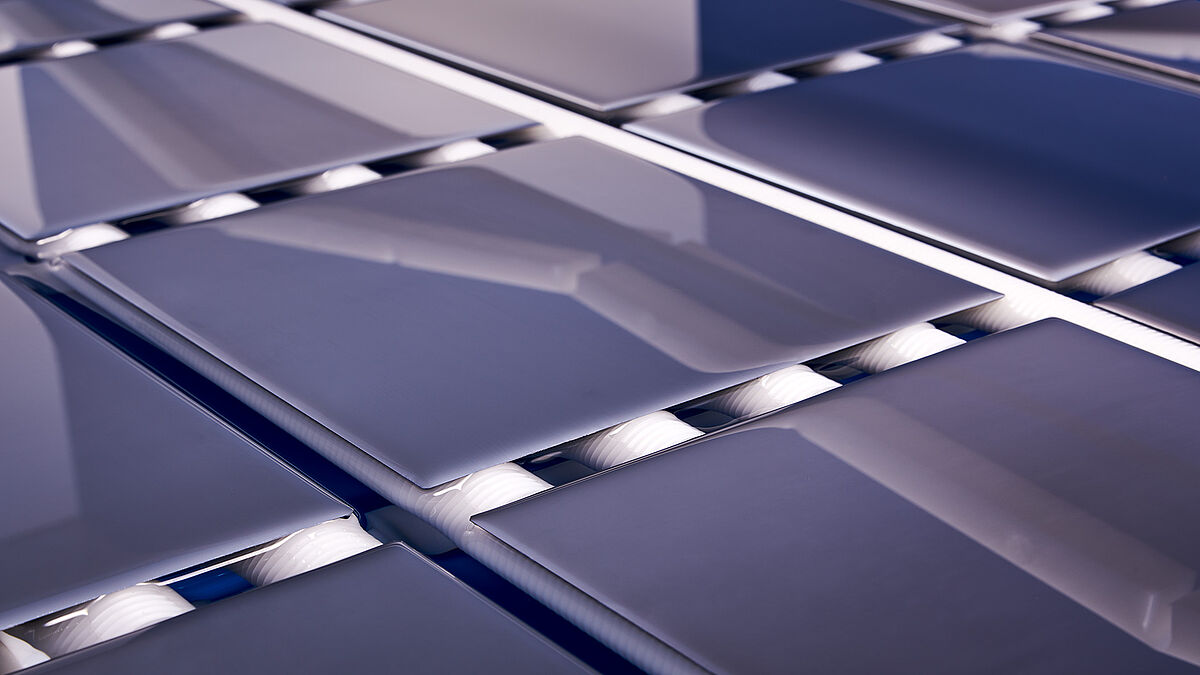Etching
Wet etching is a material removal process that uses liquid chemicals or etchants to remove materials from a various substrates. Active etching species interact with the structure of etching material and dissolution of material takes places. Wet etching can be applied to metals, glass, silicon, compound semiconductor materials and others. RENA provides wide range of acid and alkaline etching tools for various substrates and industries.




